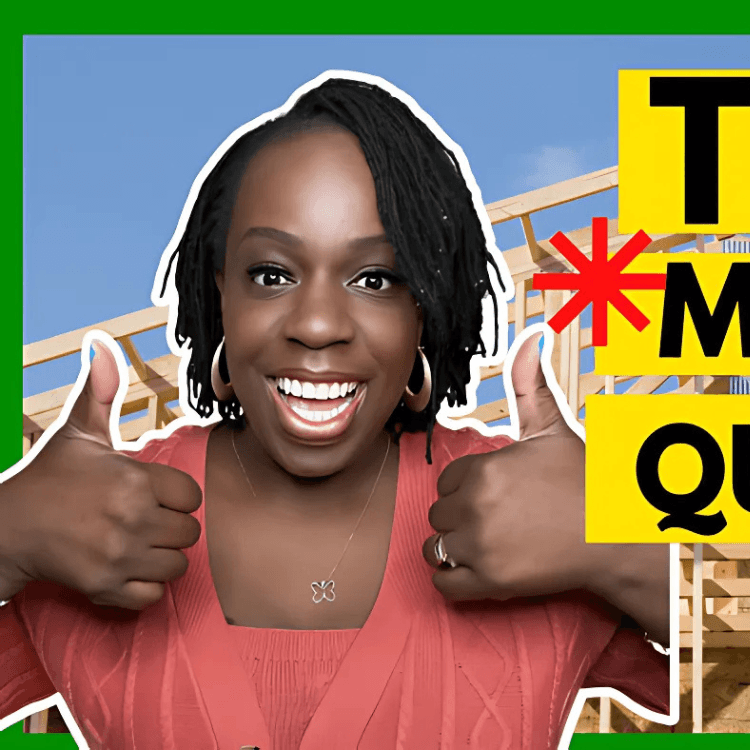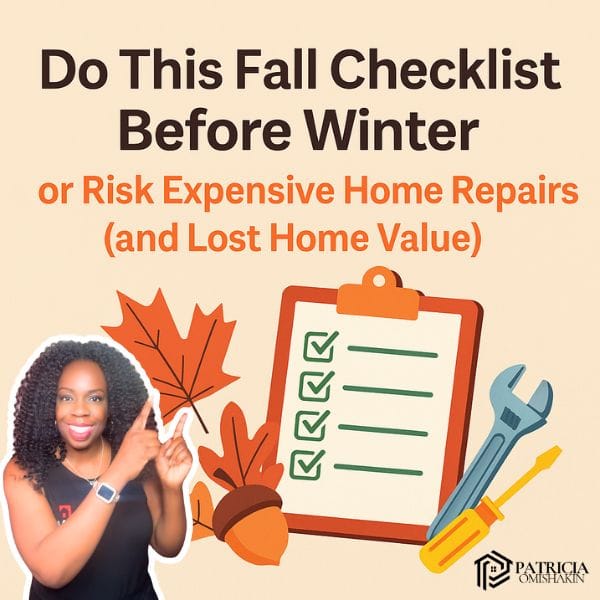
20 Things You Should Do After Closing on a Home
Congratulations, you’re officially a homeowner! 🎉 Closing on a home is a huge achievement, but the journey doesn’t stop there. Now begins the exciting process of making your house a home while also protecting your investment and setting yourself up for long-term success. Here’s your go-to list of 20 important things to do after closing on a home, with plenty of detail to guide you step-by-step.

1. Secure Your New Home
One of the first things you should do after closing is change every lock on the property. You never know how many spare keys the previous owners may have handed out to neighbors, contractors, or family members. In addition to replacing traditional locks, remember to reset codes for garage door openers, smart locks, alarm systems, and any keypads on doors or gates.
2. Store Your Closing Documents
After closing, you’ll receive a large packet of important legal and financial documents. These include your deed, mortgage note, closing disclosure, and title insurance policy. Keep these documents in a fireproof safe or digitally scan and back them up in cloud storage—you’ll need them for taxes, selling, or refinancing in the future.
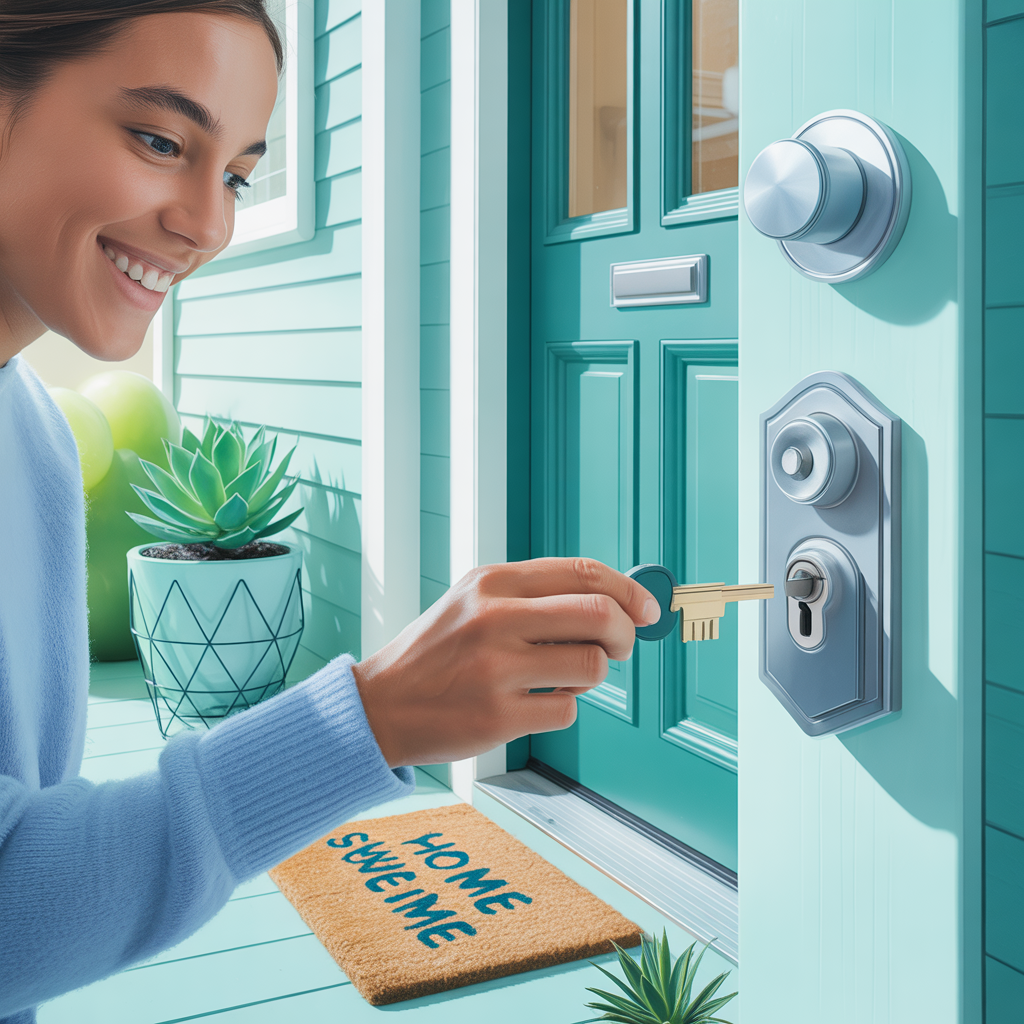
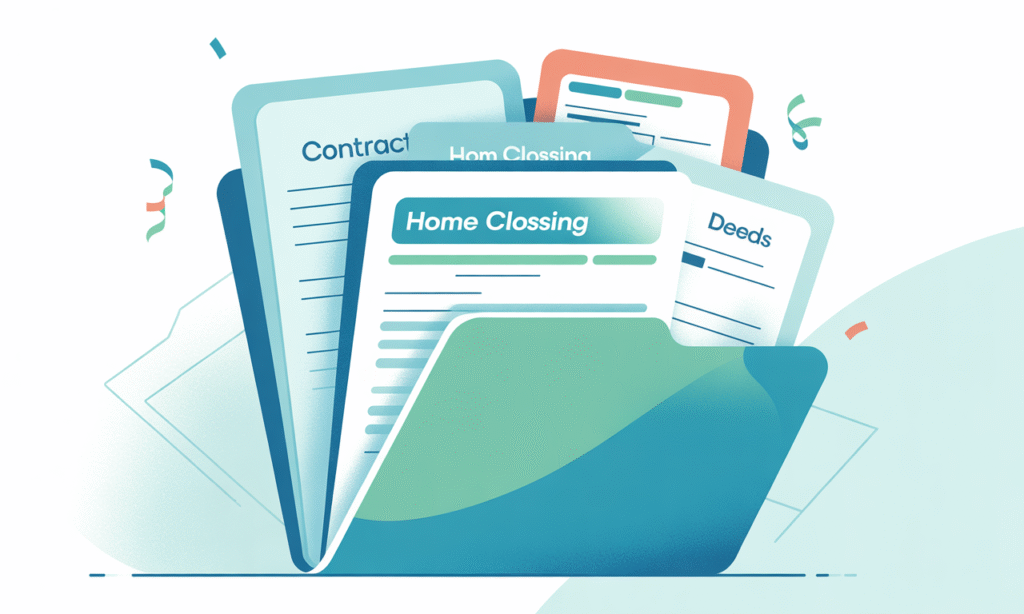
3. Update Your Address Everywhere
Your next step is making sure your address is updated across all the places that matter. Begin by filing a change of address with the U.S. Postal Service to forward mail from your old residence. Then update your address with your bank, credit card companies, employer, insurance providers, voter registration, and any subscriptions or online shopping accounts.
4. Set Up Utilities and Local Services
Ideally, utilities should be turned on before you move in—but if not, schedule them immediately. Transfer or start new accounts for electricity, water, gas, sewer, trash pickup, and internet. It’s also helpful to research local providers for things like lawn care, pest control, and handyman services so you’re ready when you need them.

5. Confirm Mortgage and Escrow Details
Take time to review your loan documents and confirm when your first mortgage payment is due—typically the first of the next full month. Log into your lender’s portal to set up online payments or auto-drafts. If your mortgage includes an escrow account, make sure your property taxes and homeowner’s insurance are scheduled to be paid through it.
6. Test Safety Devices and Alarms
Home safety should always be a top priority. Test every smoke detector and carbon monoxide alarm, and replace all batteries even if they seem to be working. You should also purchase fire extinguishers for the kitchen and garage, and consider installing a security camera or alarm system if your home doesn’t already have one.
7. Deep Clean Before Moving In
Before you move in furniture or boxes, give the entire house a deep clean. This is your best opportunity to scrub every surface, clean inside cabinets, and sanitize bathrooms and appliances. If time is tight, hiring a professional cleaning service is a smart investment—you’ll enjoy peace of mind knowing you’re starting fresh in a truly clean home.
8. Locate Your Main Shut-Off Valves and Breaker Box
You need to know where your home’s emergency controls are located. Find the main water shut-off valve and the electrical breaker panel, and label each circuit if it’s not already done. You may also want to locate the gas shut-off valve—knowing where these are can save time and prevent damage during an emergency.
9. Schedule a Post-Close Maintenance Inspection
Even if your home passed inspection during the purchase, consider hiring a handyman or inspector to do a maintenance check-up. This walk-through can help you understand what maintenance items may come up soon and give you a priority list. It’s an especially good idea for older homes or homes with systems nearing the end of their lifespan.
10. Create a Seasonal Maintenance Calendar
Homeownership requires ongoing care, and it’s easy to forget what needs to be done. Build a calendar or checklist to track recurring maintenance tasks like changing HVAC filters, flushing water heaters, checking roof and gutter conditions, and testing sump pumps. Set reminders in your phone or use a home maintenance app to stay organized.
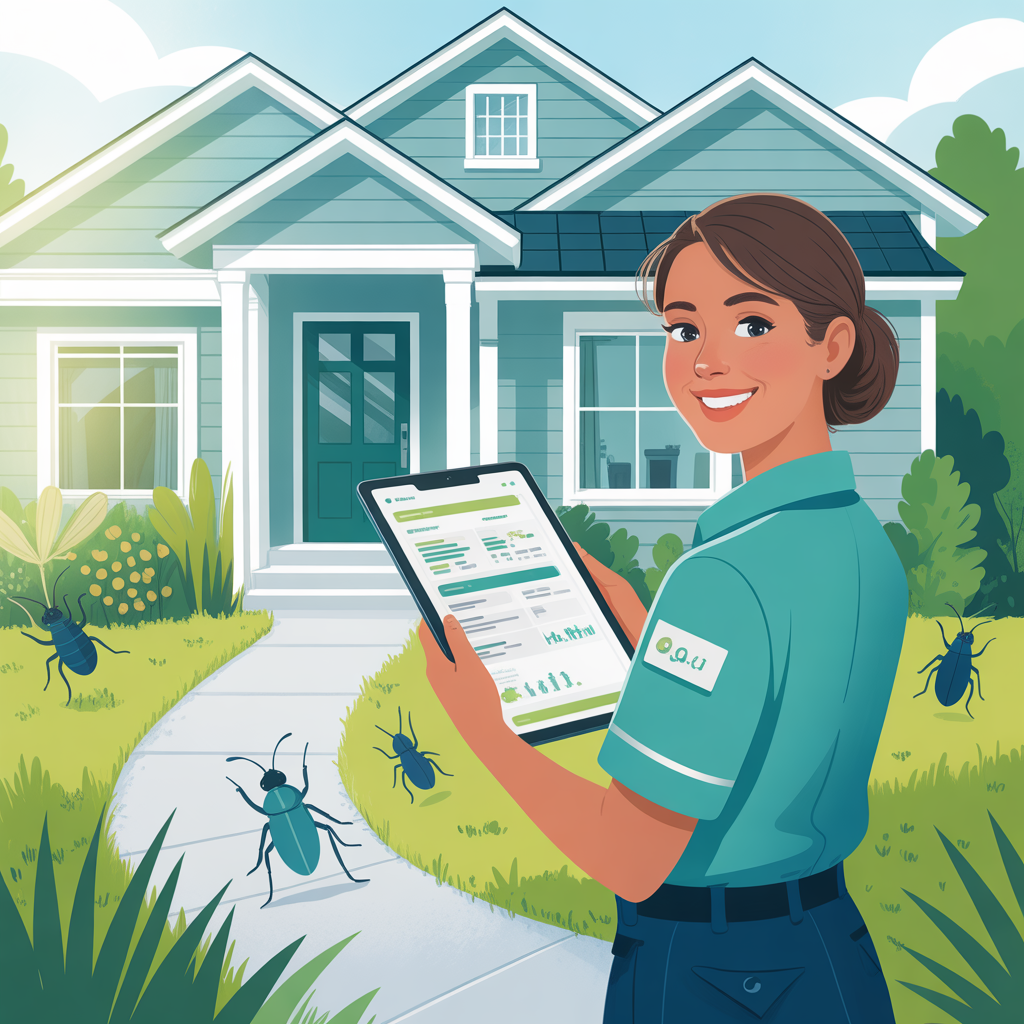
11. Start Personalizing Your Home
Now comes the fun part—making your house feel like yours. Begin by choosing colors and decor that match your style, but don’t feel pressured to tackle every room at once. Focus on key areas you’ll use daily, like the bedroom, kitchen, or home office, and layer in personal touches like photos, plants, and cozy textiles.
12. Get to Know Your Neighbors
Making connections in your new neighborhood is not only friendly—it’s practical. Neighbors can alert you to local events, utility issues, school information, or even offer recommendations for local services. Introduce yourself with a smile or small gift, or attend a neighborhood event if one is coming up.
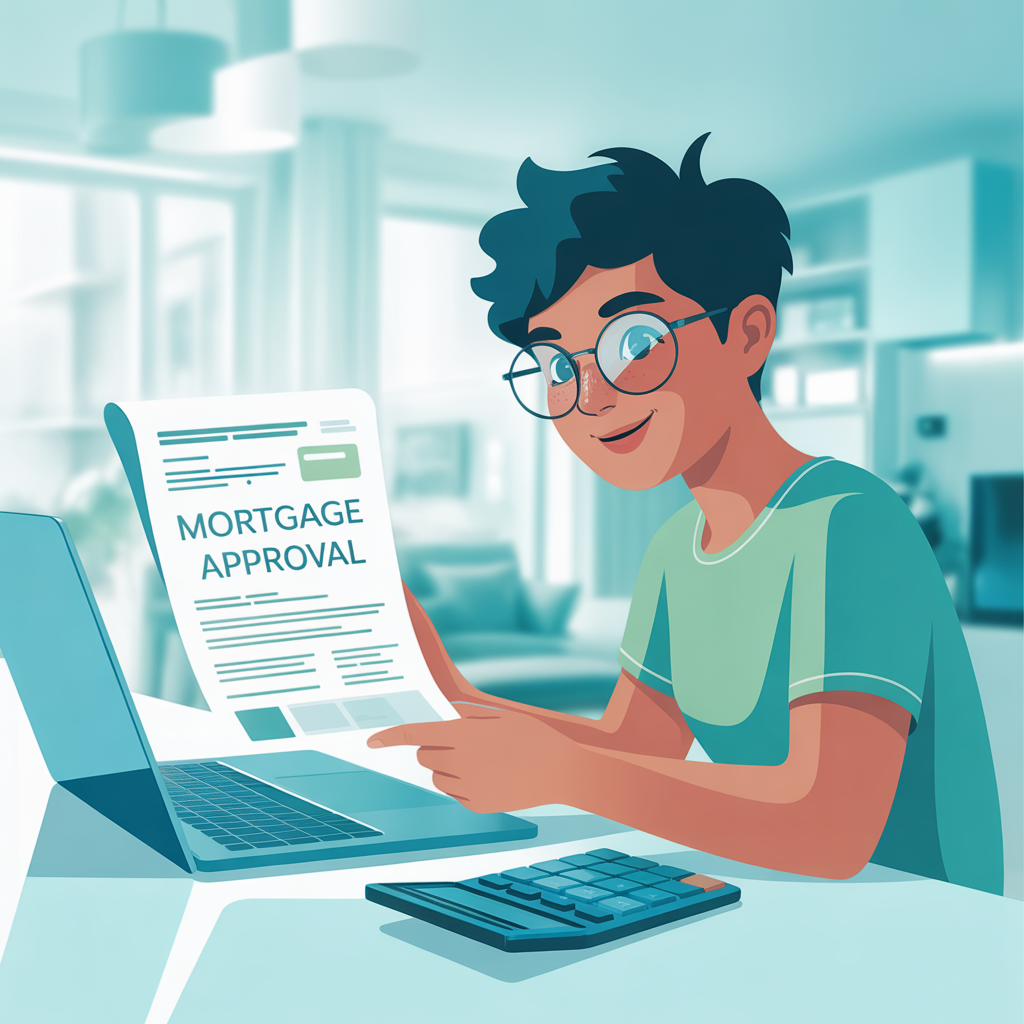
13. File for Your Homestead Exemption
Depending on your state, you may qualify for a homestead exemption that reduces the taxable value of your property. This can lead to significant savings on your annual property taxes. Check your county assessor’s website for eligibility rules and deadlines, and don’t forget to refile if you refinance in the future.
14. Review and Adjust Your Homeowners Insurance
Now that you’ve moved in and unpacked, take a fresh look at your homeowner’s insurance. Ensure the policy adequately covers your home’s value, your belongings, and liability for injuries or accidents on your property. Consider adding endorsements for natural disasters, floods, or expensive items like jewelry or electronics.
15. Hire Pest Control Services
Even if you don’t see bugs, pests could be lurking especially in warm climates or older homes. A licensed pest control company can assess your property and start a preventive treatment plan. Quarterly treatments are typically affordable and can keep your home pest-free year-round.
16. Prepare for Emergencies
Natural disasters, power outages, or household accidents can happen unexpectedly. Build an emergency kit with essentials like flashlights, water, canned food, a first aid kit, medications, and extra chargers. Create a family emergency plan that includes a safe meeting spot and instructions for children or elderly household members.
17. Start a Homeowner Binder or Folder
Keep all your home-related documents and information in one organized place. This includes warranties, appliance manuals, receipts from upgrades or repairs, and business cards from service providers. If you ever decide to sell, you’ll have a ready record of improvements that can boost your home’s value.
18. Set a Home Improvement Budget
It’s tempting to dive into projects right away, but it’s wise to create a budget before making upgrades. Focus on the repairs or improvements that will have the most impact on your comfort, safety, or resale value. Save up for larger renovations and avoid overextending yourself financially so early into homeownership.
19. Unpack in Phases, Not All at Once
Unpacking everything at once can be overwhelming. Prioritize essential areas like your kitchen, bathroom, and bedroom so you can function comfortably while you unpack over time. Label boxes clearly and take the opportunity to declutter as you go. If something doesn’t serve you anymore, consider donating or tossing it.
20. Celebrate and Share Your Accomplishment!
Buying a home is a major life milestone so be proud of it! Host a small gathering, take some pictures of your new space, or share your story online. If you had a great experience with your realtor, lender, or inspector, leave them a positive review as a way of paying it forward.
🧠 Final Thoughts
Closing on a home is exciting, but the real work begins afterward. By following these 20 steps, you’ll feel more secure, stay organized, and enjoy a smoother transition into your new life as a homeowner. Take it one step at a time, and don’t forget to stop and appreciate this major life moment.
 FAQ
FAQ
What’s the very first thing I should do after closing?
Secure your property by changing locks and updating any access codes. This is key to protecting your family and belongings.
Do I really need another inspection after closing?
While not required, a post-closing maintenance inspection helps identify issues you may not have noticed initially, especially in older homes.
How soon should I update my address?
You should update your address as soon as possible to avoid missing bills, packages, and official correspondence.
How do I build a home maintenance plan?
Use seasonal checklists or apps that remind you to change filters, service appliances, clean gutters, and more to avoid costly repairs.
💚 Want to track your home’s value like a pro?
You’ve closed, now it’s time to build wealth.
With your free monthly Homebot Report, you’ll:
✔️ See your estimated home value
✔️ Monitor your equity
✔️ Explore refinance and payoff strategies
✔️ Get personalized homeowner tips
⬇️⬇️ Sign up below for your *free* Homebot report ⬇️⬇️
(No spam. Just real insights to protect your investment.)


 FAQ
FAQ